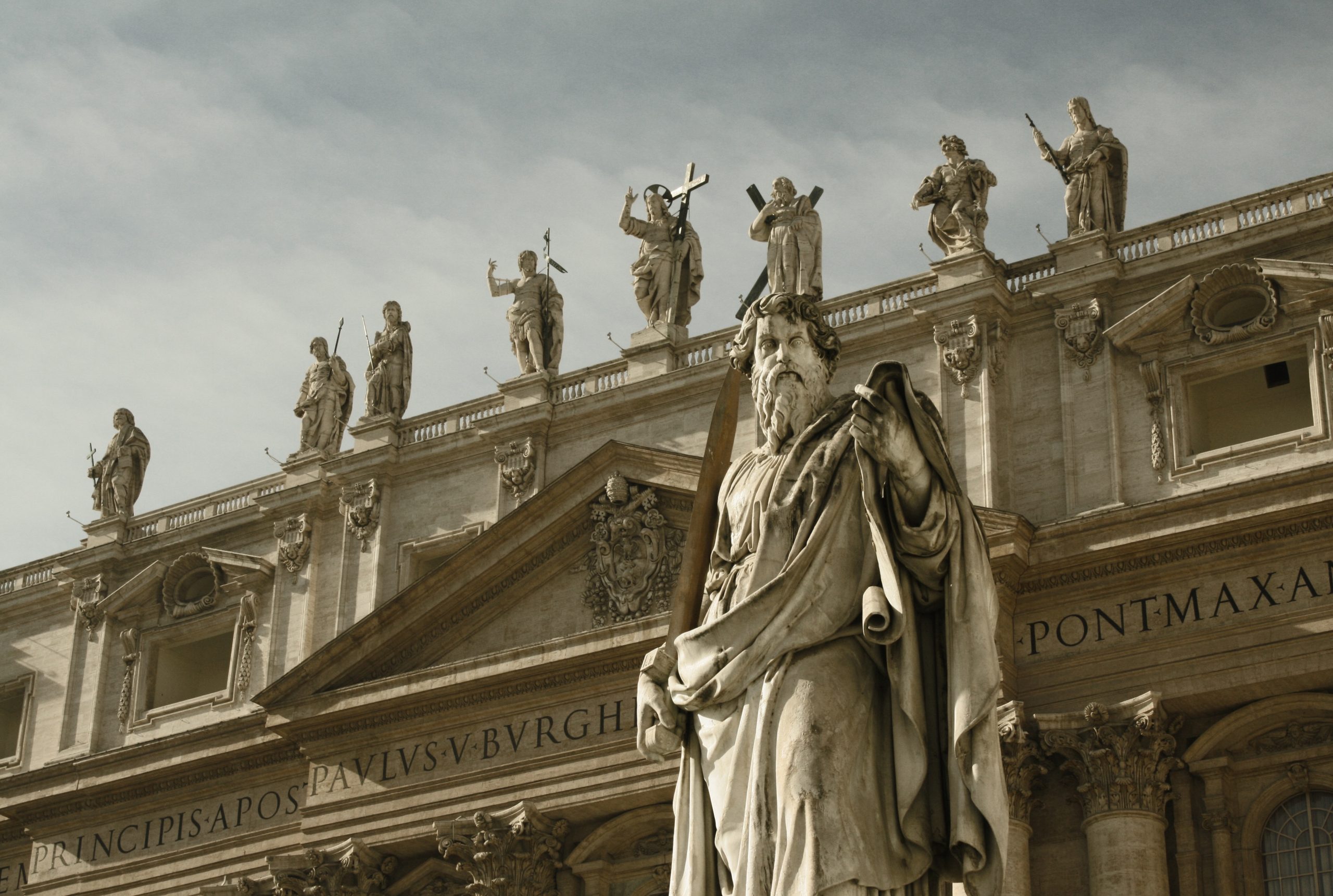
While the Greeks made sculptures of idealized human forms, the Roman tended to make portraits. Romans made sculptures of gods, heroes, emperors, generals and politicians. They also used sculpted images to adorn the capitals of columns and the helmets of gladiators. Roman sculptures often reflected the fashions and lifestyles that were prevalent when they were made. Archaeologists can even date sculptures of Roman by their hairdos and clothing styles. During the Augustan Age, for example, women parted their hair in the middle with a central roll. The Flauvians and Antiones had more elaborate coiffures that resembled a honeycomb of curls. [“The Creators” by Daniel Boorstin] Sculpture were made spectacular-looking but hard to work stone such as porphyry from Gebel Dokhan in northeast Egypt, basanite granite from Gebel Fatireh in eastern Egypt, and blue, yellow, green, black and grey marble from elsewhere in the empire.
If you need directions in finding these sculptures, I’d love to help you plan your trip so be sure to pick up the phone and call me or send me an email when you’re ready to start planning.
#rome #visitrome #visititaly #romelife #romecity #rometown #vacationplanning #wheninrome #rometravel #romansculpture #ancientrome #romanstatues


